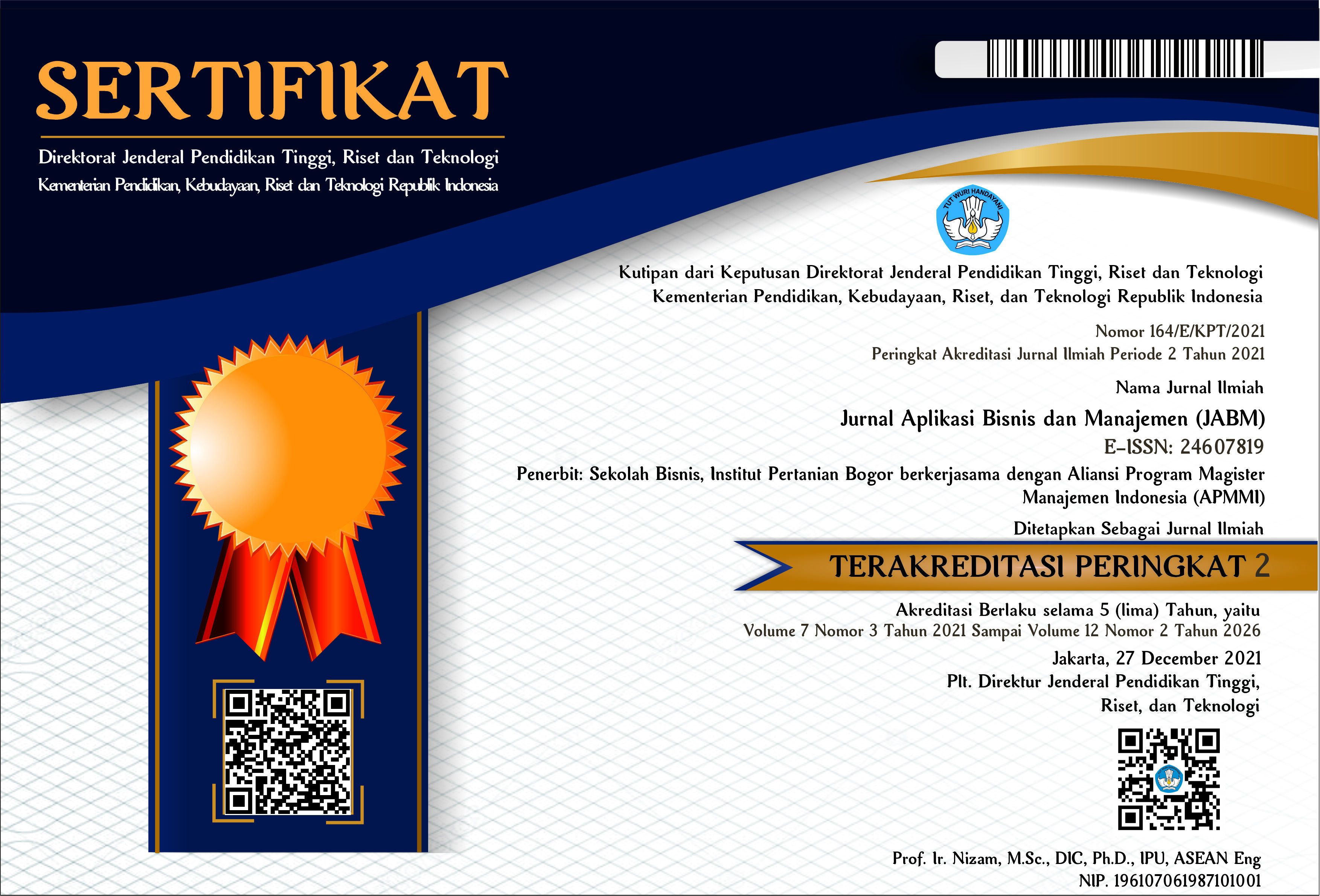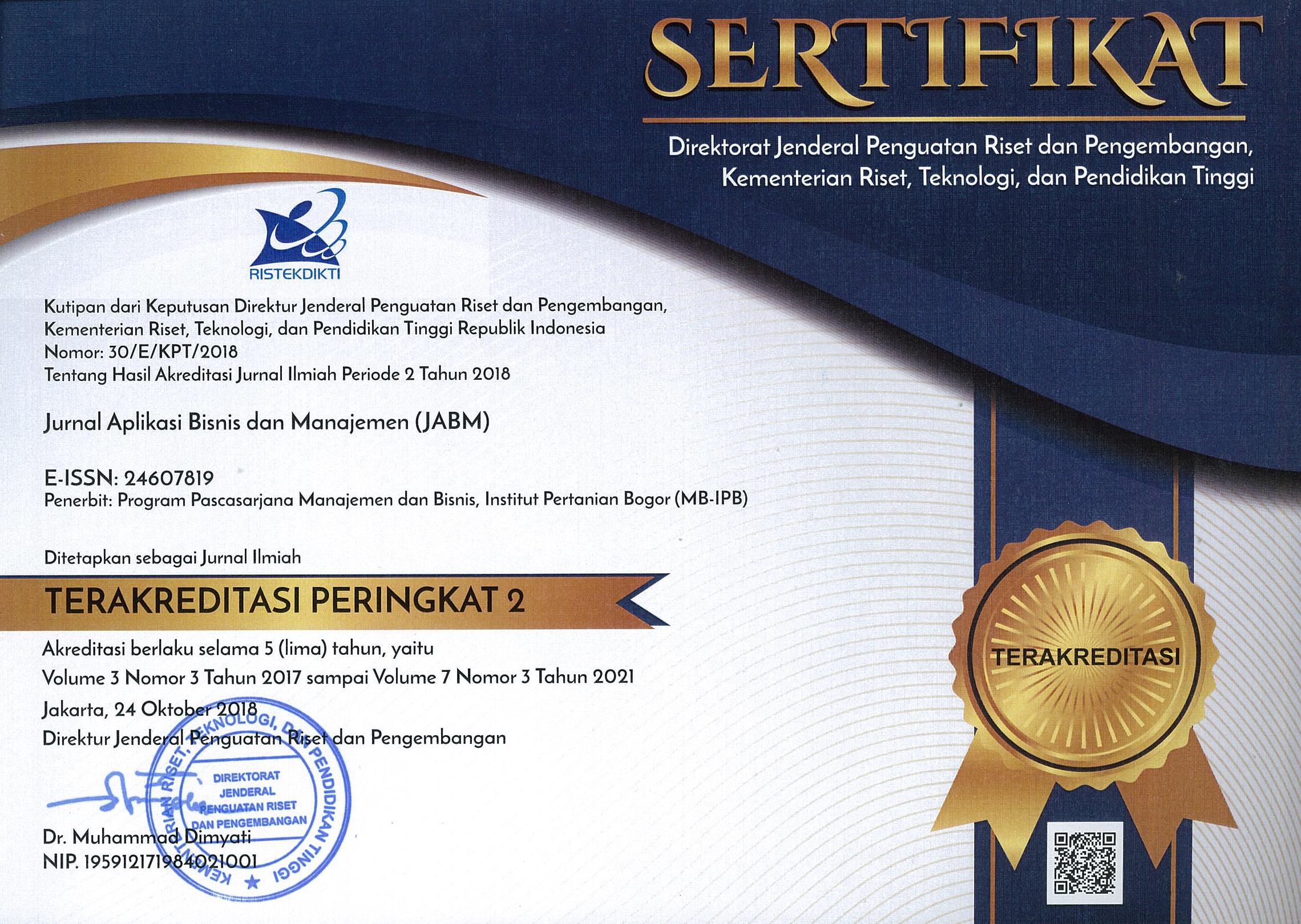Determinants of Indonesian Government Bond Yield
Abstract
Background: The COVID-19 pandemic significantly impacted the bond market in early 2020. As the pandemic unfolded, there was a surge in uncertainty and risk aversion among investors. One of the important factors used by investors when buying or investing in government bond instruments is the yield. Although considered a relatively risk-free alternative due to government guarantees, government bonds have other risks influenced by factors outside the bonds themselves. These factors include domestic and international economic conditions such as exchange rate risk, domestic and international interest rate risk, and other global events like the COVID-19 pandemic.
Purpose: This research aims to analyze the factors affecting the yield of Indonesian government bonds with maturities of 5, 10, and 30 This research was conducted to identify factors that influence government bond yields using a symmetric approach with the ARDL model.
Design/methodology/approach: This research was conducted to identify factors that influence government bond yields using a symmetric approach using the Autoregressive Distributed Lag (ARDL) model. These factors included the short-term interest rate, consumer price index, industrial production index, exchange rate, BI rate, stock price index, foreign exchange reserves, the Fed rate, the world oil price and US bond yields.
Findings/Result: The industrial production index was found to have a significant negative effect on yields, while the stock price index was found to have a significant positive effect. There was no significant long-term effect of world oil prices on yields; the effect was only present in the short term. The COVID-19 pandemic significantly impacted yields in the short term. The impact of the COVID-19 pandemic on bond yields is related to the perception of risk regarding a country's economic uncertainty.
Conclusion: Indonesian government bond yields in the long term were influenced by almost all observed variables, except for world oil prices. The impact of world oil prices and the COVID-19 pandemic was found to occur only in the short term. Foreign exchange reserves were the main factor affecting 5-year bond yields, while the exchange rate was the primary factor influencing the yields of 10- and 30-year bonds. The BI rate and the Fed rate significantly impacted all three bond yields in the long term. Investors needed to be responsive to yield fluctuations and conduct thorough risk analyses to make informed investment decisions regarding government bonds.
Originality/value (State of the art): This study contributes significantly to the understanding of the dynamic and complex interactions between domestic and global economic factors that affect Indonesian government bond yields. By using the Autoregressive Distributed Lag (ARDL) methodology, this research integrates both short-term and long-term factors, focusing on multiple bond maturities (5, 10, and 30 years).
Keywords: ARDL, domestic economics, global risk, government bonds, yield







